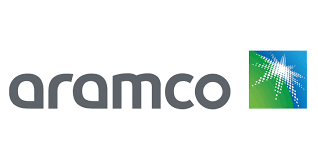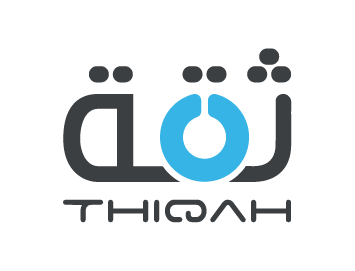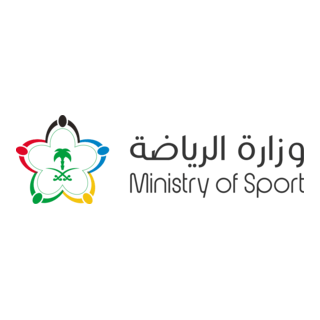Introduction:
The contemporary drilling personnel must know and integrate all necessary disciplines to effectively drill a wellbore. This Best Practices and BHA Design in Oil & Gas Drilling provides essential fundamentals for drilling, whether for shallow, complex, or high-pressure wells.
However, this course is intended for engineers and operational staff engaged in the design and execution of drilling programs. It reveals the general and specialized spheres of drilling technology, with an emphasis on both theory and practical application.
Participants will delve into computer programs adopted in the design of various elements of upcoming wells, exploring the theory of operation of these programs as well as their practical application. The curriculum will also include modern design and operation principles of Mud Logging.
This training course provides a comprehensive underpinning in drilling methods and technologies, including well design, drilling fluids, downhole tools, hydraulics, and drilling problems.
In this course, participants will learn about the aspects of every element in the drilling string and how to use them appropriately, assess Weight on Bit (WOB), and choose the fitting drill collar. They will also devise effective approaches to assessing drill string dynamics in vertical and inclined hole drilling operations.
Objectives:
Here are the learning objectives for the Best Practices and BHA Design in Oil & Gas Drilling:
- Know how to drill an oil and gas well.
- Recognize and operate requisite oil and gas drilling tools and equipment.
- Understand and articulate the oil and gas drilling procedure and its relevance.
- Demonstrate appropriate oil and gas drilling techniques.
- Investigate and develop an effective Bottom Hole Assembly (BHA) suitable for various drilling conditions.
- Assess how the design of BHA influences drilling efficiency.
- Promote the usage of BHA design proficiency for further efficiency.
- Appreciate the objectives and aims of oil and gas drilling.
- Identify means of improving drilling techniques.
- Undertake vocational preparation for oil and gas drilling through industrial training.
Training Methodology:
- Knowledge Assessments and Quizzes
- Understanding Through Real-Life Situations
- Learning with and from Colleagues
- Lectures by Experts from the Industry
- Training in Safety Measures
- Constructive Comments and Their Incorporation
- Focused Training on Analytical and Creative Skills
Course Outline:
Unit 1: Drilling Hole Problems and Practical Solutions
- Hole problems (stuck pipe, lost circulation).
- Relationship between hole cleaning and hole problems.
- Stuck pipe classification.
- Formation and related issues.
- Recommendations on proper drilling techniques and preventive measures.
- Fishing tools and consequences of trapped pipe.
- Lost circulation and its classification.
- Items used to address the issues.
- Suggestions and protocols.
- Intra-reservoir and extra-reservoir losses.
- A novel technique of plug placement that helps repair excessive fluid loss.
- How to devise solutions.
Unit 2: Preventing Washout and Twist Off
- Mitigation and prevention of washouts.
- Practical assessment of pressure loss due to washout.
- Bit selection and hydraulics application, including nozzle selection:
- Bit Types.
- Rolling Cutter Bits.
- Polycrystalline Diamond Bits.
- Bit standard classification.
- Preparing bits for hole preparation.
- Details on broken bit sections and cement out sections.
- Breaking bits.
- Basic parameters and functions.
- Increasing rate of penetration with distance control.
- Drill off test down-hole.
- Drill string dynamics/vibration.
- Factors associated with the end of instrumentation runs.
- Hydraulic effects of the bit.
- BHA and drill string design, selection of casing seats, BOP equipment:
- Drill strings.
- Roles of Drill Pipe, Drill Collars, and BHA Selecting.
- Drill pipe categories and strength parameters.
- Types of threads and tool joints.
- Understanding drill collar weight and neutral point.
- Preliminary design based on the planned drilling depth.
- Purpose of stabilizers and roller reamers.
Unit 3: Drilling Fluids Planning and Control, Routine and Special Problems
- The formidable obstacle of drilling fluid buoyancy, pressure losses in the circulation system, and equivalent circulation density.
- Effects of drilling fluids and their hydraulics on enhancing drilling processes.
- Factors relating to the rate of drilling penetration.
- Results of patterns formation in non-classical type fluids articles.
- Mud properties and associated clay problems.
- Control of seepage loss.
Unit 4: Well Control & Hydro-dynamic Pressure
- Preventing blowouts in oil and gas wells.
- Three phases of oil and gas well control.
- Hydro-dynamic pressure.
- Equivalent circulation density.
- Maintenance of mud weight.
- Defense in depth.
- Kick initiation and detection.
- Conditions attributed to kicks during drilling operations.
- Complications in operation caused by external pressures.
- Guidelines on mud waste disposal during drilling operations.
- Kick control maintenance.
- Diverter’s role during tripping stages.
- Determining off-bottom kick conditions.
- Strip and bleed procedural guidelines.
- Volumetric guidelines and dynamic lubricates and bleed guidelines.
- Indications of underground blowout.
- Kick detection in oil-base mud.
- Operations that can mask a kick.
- Oil and gas well control kill sheet.
Unit 5: Planning Including Mud Logging Requirements
- Introduction to modern mud logging units.
- Petroleum engineering services.
- Gas analysis.
- Cutting evaluation.
- Shale bulk density.
- Shale factor.
- Flowline temperature.
- Drilling models.
- Petrophysical measurements.
- Drilling porosity.
- Selection of a mud logging service.
Unit 6: BHA Components
- Non-magnetic BHA components.
- Variable gauge stabilizers (VGS).
- Shock-subs.
- Near-bit stabilizers (NBS).
- Rotary steerable systems.
- Jar placement and rules-of-thumb.
- Jarring accelerators.
- Turbine drilling.
- Float subs.


















